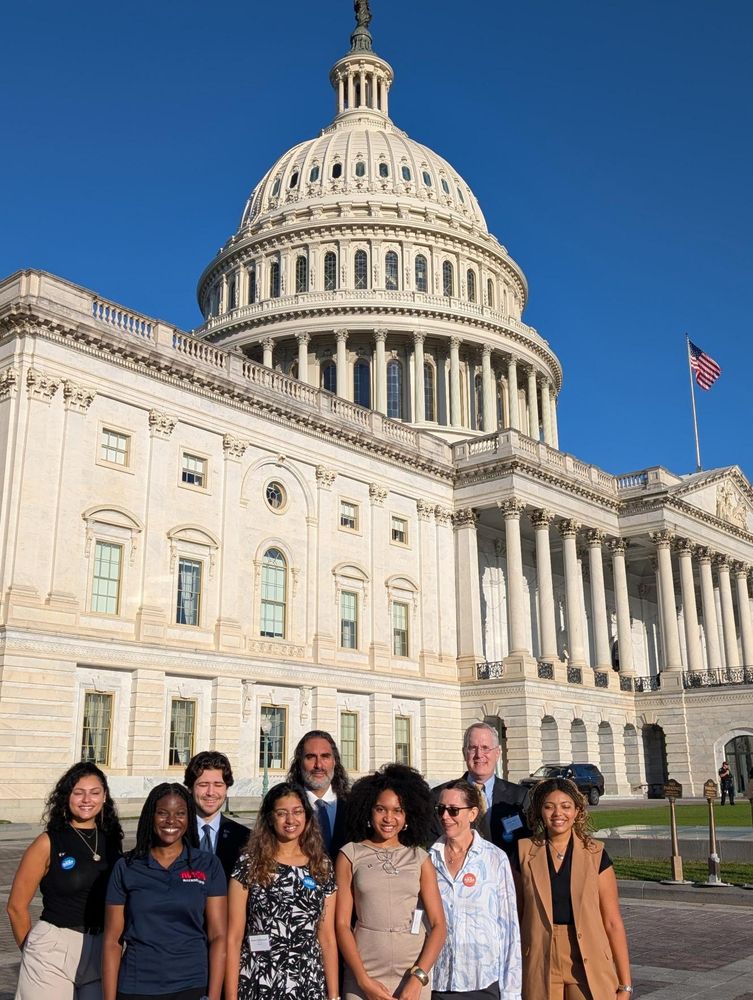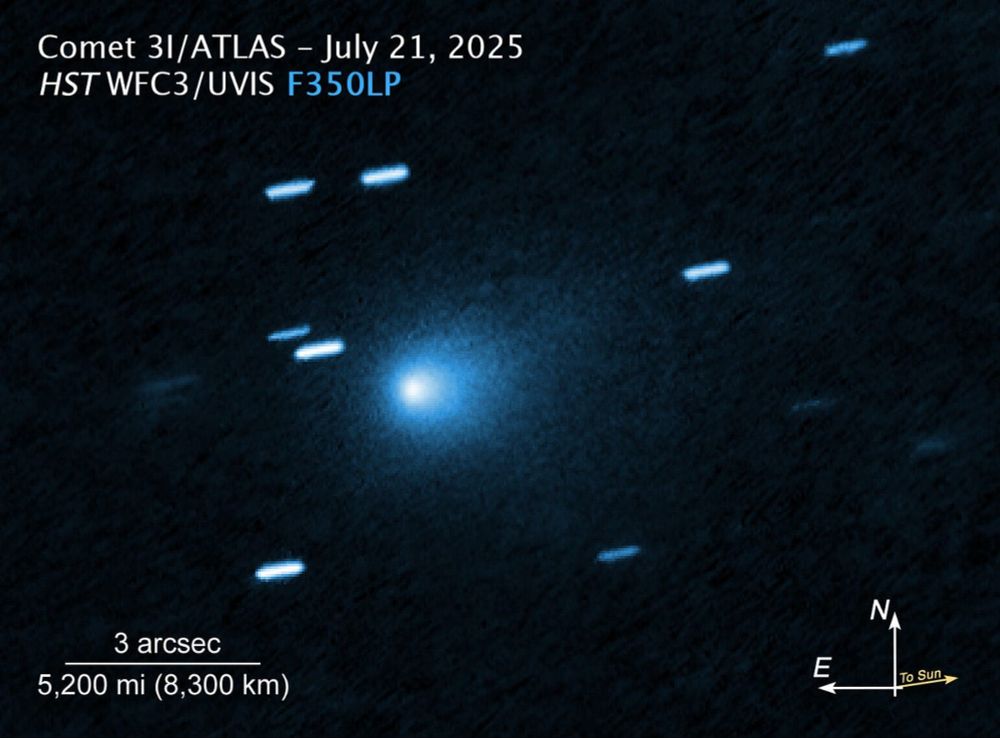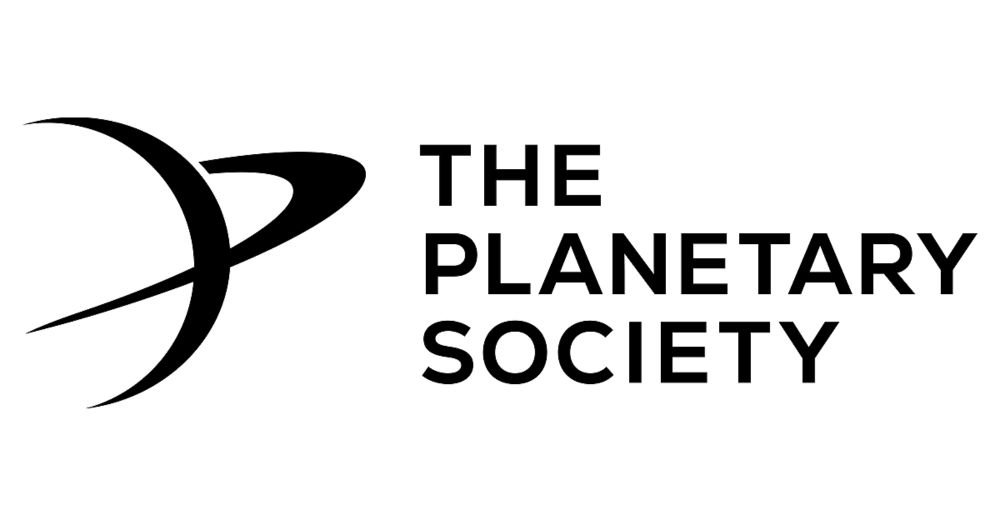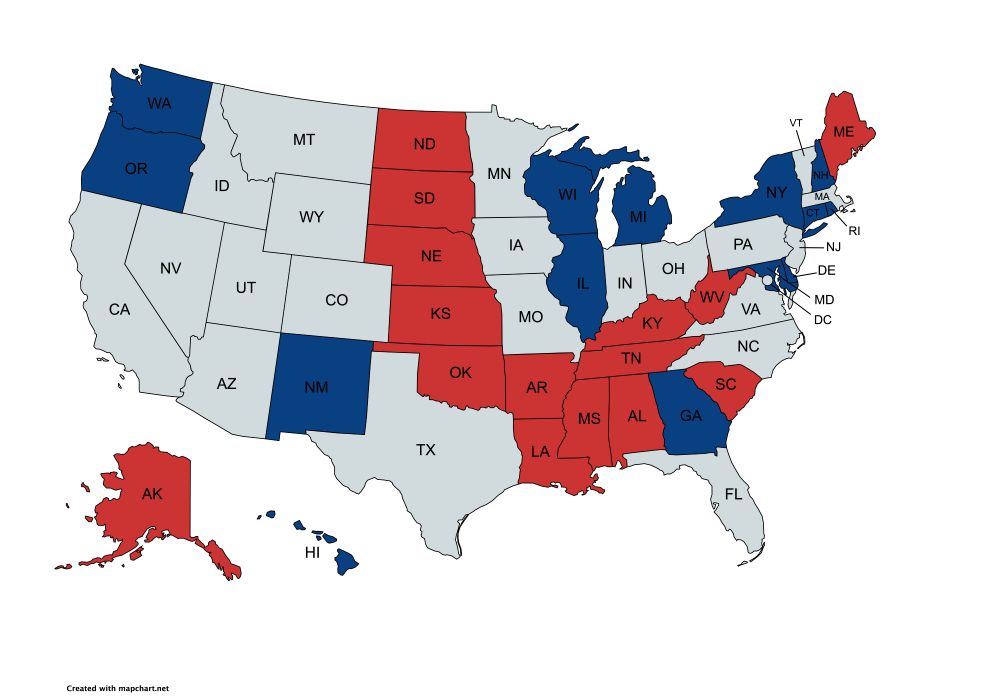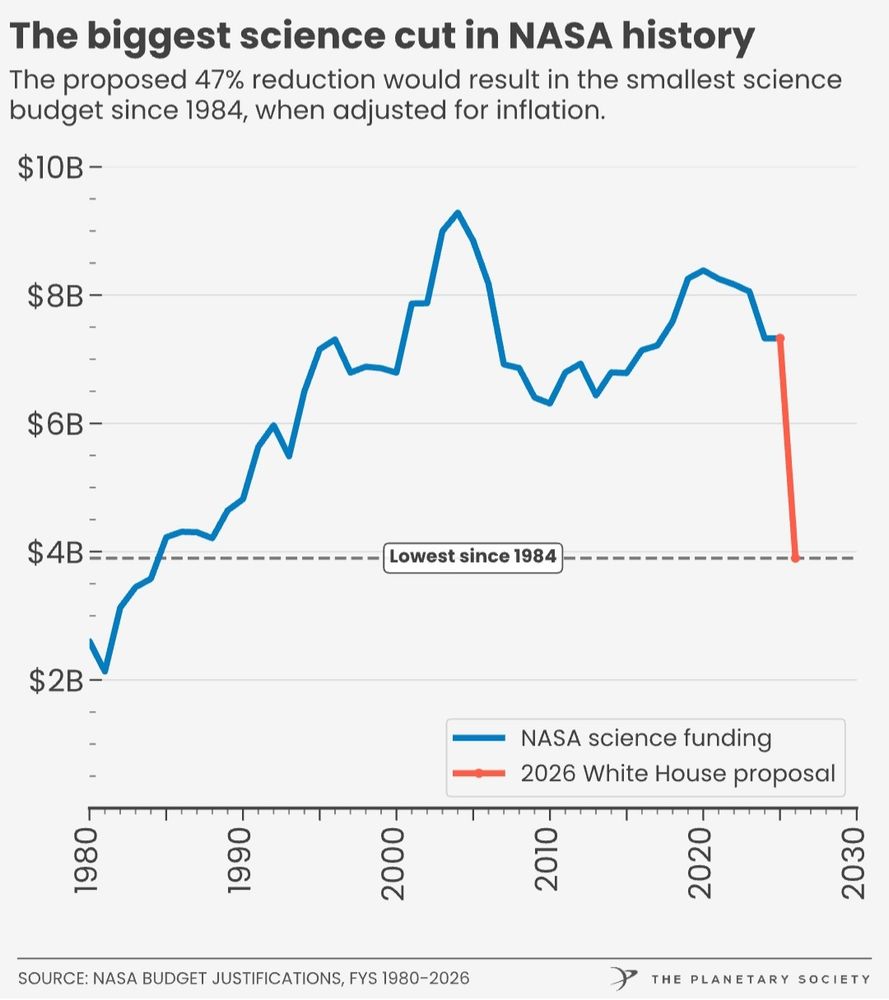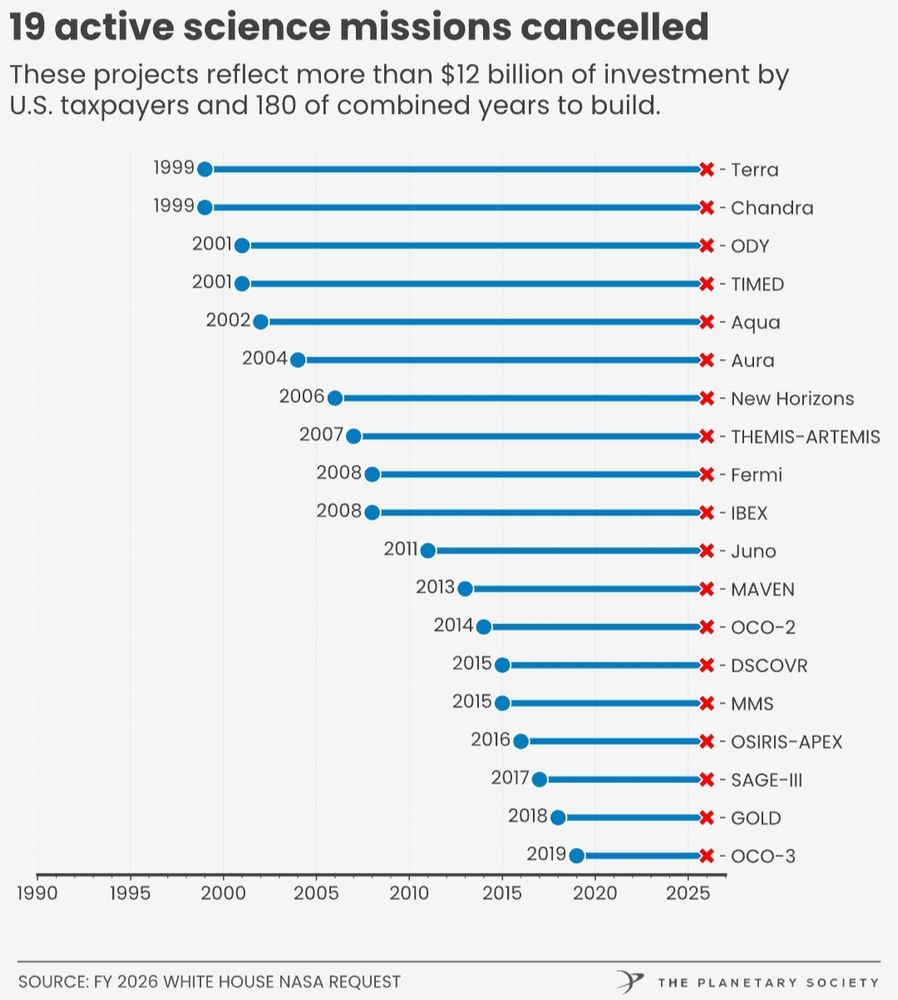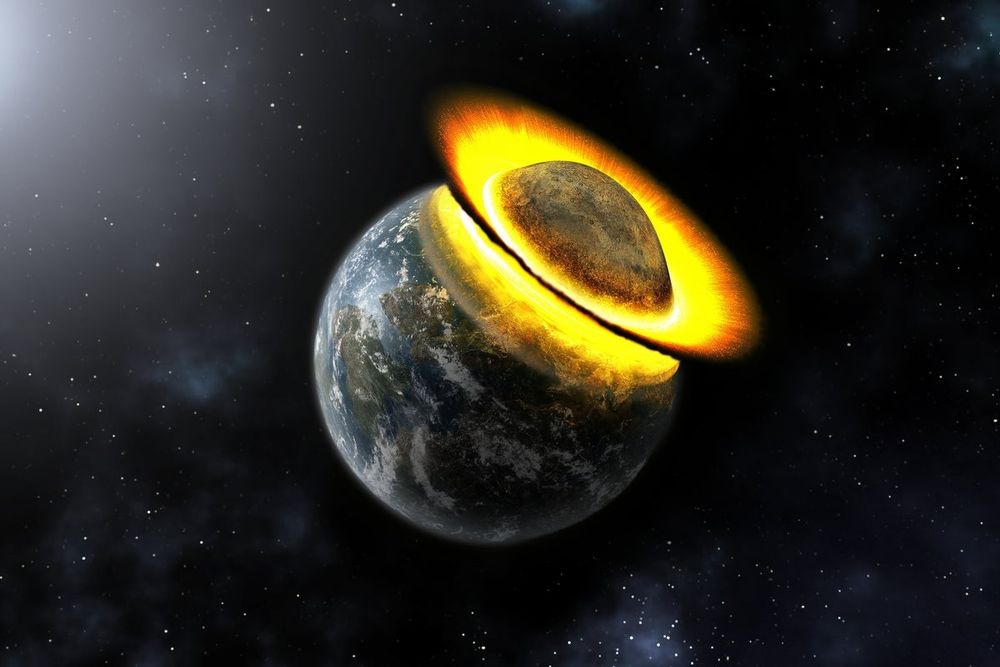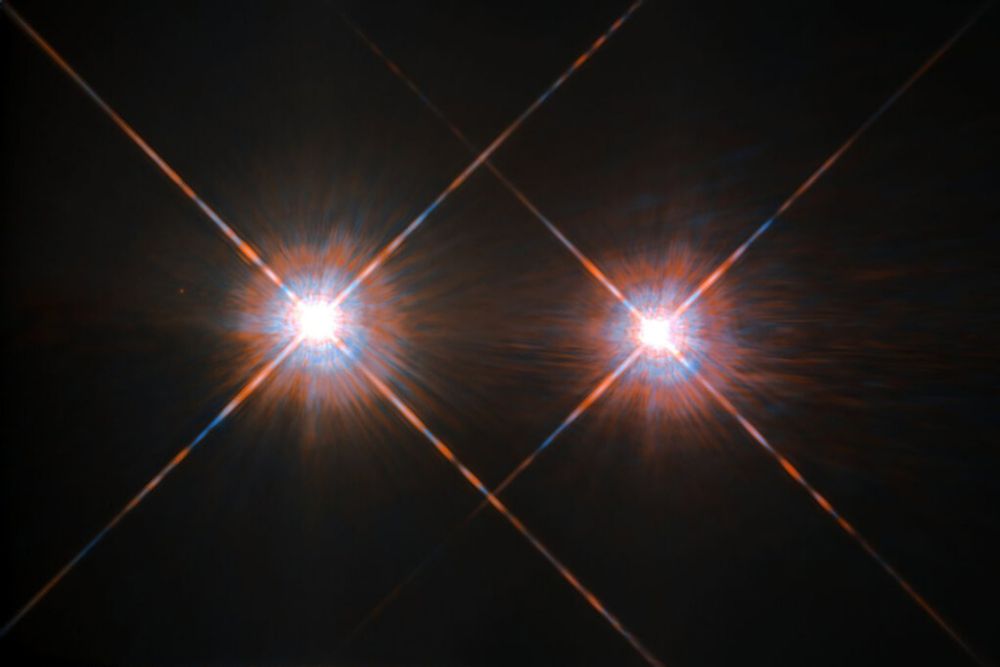Sean Raymond (planetplanet.net)
@planetplanet.bsky.social
520 followers
94 following
88 posts
Building crazy planetary systems on my blog planetplanet.net. Solar System formation. Exoplanets. Free-floating planets and interstellar objects. Astronomy poem book: http://amzn.to/3muytqo He/him.
Posts
Media
Videos
Starter Packs
Pinned
Reposted by Sean Raymond (planetplanet.net)
Reposted by Sean Raymond (planetplanet.net)
Reposted by Sean Raymond (planetplanet.net)
Jason Wright
@astrowright.bsky.social
· Aug 26

HST Has Conclusively Shown that Avi Loeb is Wrong About 3I/ATLAS
The recent JWST observations have firmly shown that 3I/ATLAS is a comet—an interesting and anomalous one in some ways, but definitely not a spacecraft. This has not stopped Avi Loeb from continuing to...
sites.psu.edu
Reposted by Sean Raymond (planetplanet.net)
Reposted by Sean Raymond (planetplanet.net)
Reposted by Sean Raymond (planetplanet.net)
Reposted by Sean Raymond (planetplanet.net)
Reposted by Sean Raymond (planetplanet.net)


